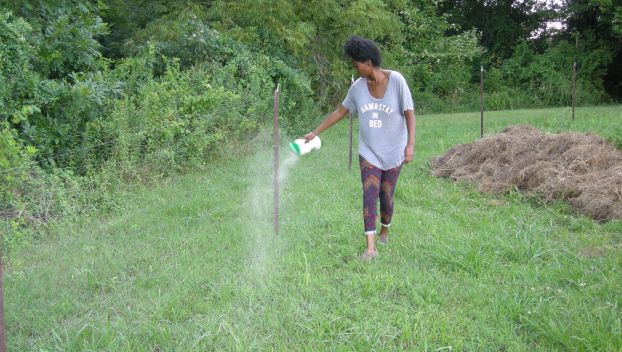
News
Glasgow community garden encourages locals to help grow food
GLASGOW – The G Town SouL Swales community garden operates based on the motto painted on its sign: ... Read more

GLASGOW – The G Town SouL Swales community garden operates based on the motto painted on its sign: ... Read more